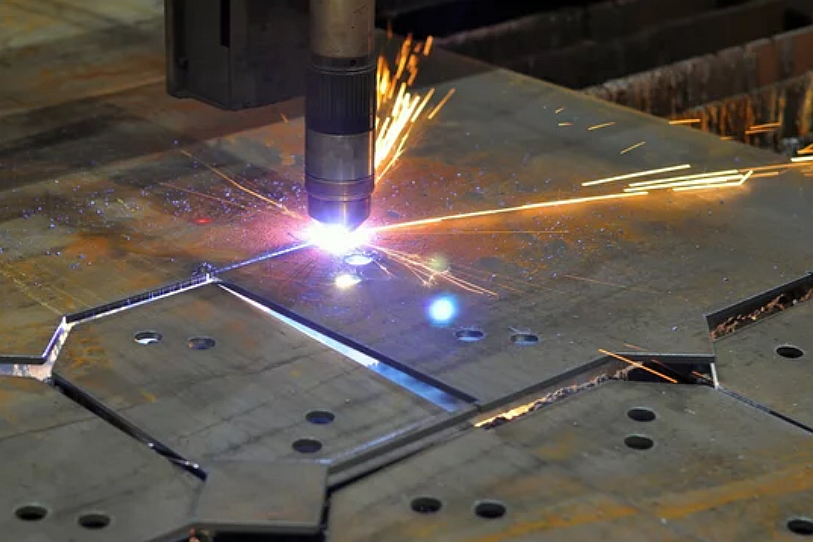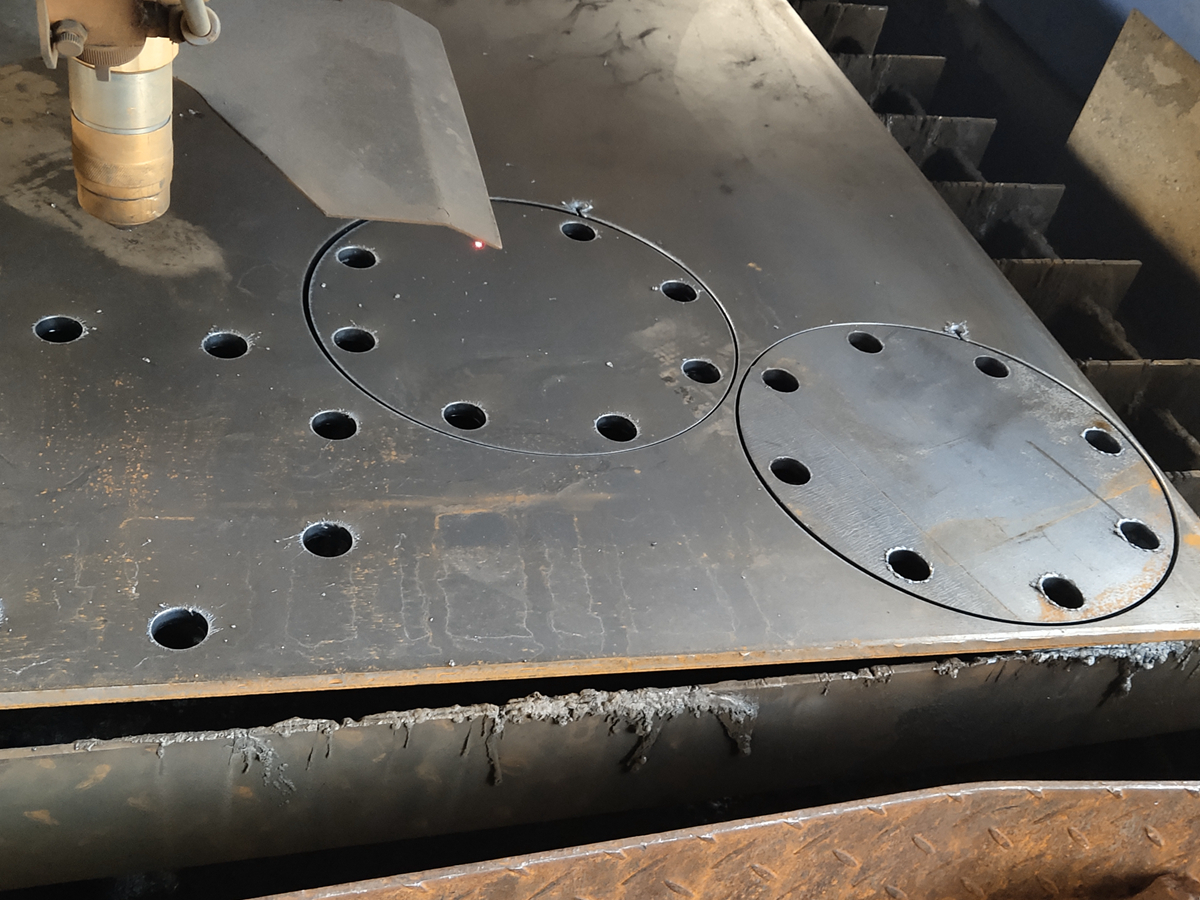What industries benefit most from custom plasma cutting?
Introduction
Custom plasma cutting has become a cornerstone in modern fabrication, enabling manufacturers to produce intricate shapes and durable components with precision and speed. At Neway, our advanced plasma cutting service supports a wide range of industrial applications — from structural frames to precision housings — by combining high-energy cutting accuracy with flexible production scalability.
Manufacturing Advantages of Custom Plasma Cutting
Plasma cutting’s ability to process various conductive materials at high speed offers clear benefits for industries demanding cost-efficient and versatile production. When paired with sheet metal fabrication, it allows engineers to cut complex contours and integrate bending, stamping, and metal forming in a single workflow.
For rapid product development, prototyping services and CNC machining prototyping ensure part geometry verification before mass production. These combined processes reduce lead times and optimize cost performance, which is essential in highly competitive manufacturing environments.
Additionally, laser cutting and plasma systems can be integrated for hybrid operations, enabling both fine detailing and high throughput. This flexibility makes plasma cutting suitable for a diverse set of industries with unique engineering and design needs.
Materials Adapted to Industrial Applications
Plasma cutting is suitable for a wide range of metals, including carbon steel, stainless steel, aluminum alloys, and copper alloys. It is also effective for cutting nickel-based alloys and cast titanium for advanced sectors such as aerospace and energy.
The capability to process both thick and thin materials, while maintaining smooth edge profiles, ensures consistent part performance regardless of the alloy used.
Surface Treatments Enhancing Durability
After cutting, many industries require protective finishing to meet environmental and aesthetic standards. Common treatments include powder coating for corrosion resistance, anodizing for aluminum components, and chrome plating for enhanced surface durability. These coatings extend lifespan and ensure parts remain visually consistent across high-volume production.
Key Industries Benefiting from Plasma Cutting
Aerospace
In the aerospace sector, plasma cutting is used to shape structural panels, brackets, and high-strength alloy parts with precise geometries. The process accommodates titanium and nickel alloys, ensuring high temperature and fatigue performance.
Automotive
The automotive industry benefits from plasma’s fast cycle times and repeatability. It’s ideal for producing chassis components, exhaust flanges, and mounting brackets while supporting lightweighting initiatives through accurate trimming of aluminum and steel parts.
Energy and Power Generation
Within energy applications, plasma cutting enables the fabrication of turbine casings, pipeline sections, and heat exchanger plates. Its ability to cut thick carbon steel and stainless materials ensures reliability in high-pressure and high-temperature systems.
Lighting and Consumer Products
Lighting solution manufacturers use plasma cutting for fixture housings and thermal management parts, while the consumer electronics industry employs it for sleek, precision-cut enclosures that require a consistent finish and accuracy.
Medical and Telecommunication
The medical device and telecommunication sectors leverage plasma’s precision for custom frames, antenna brackets, and support housings. These components often undergo post-treatment for biocompatibility or environmental sealing.



